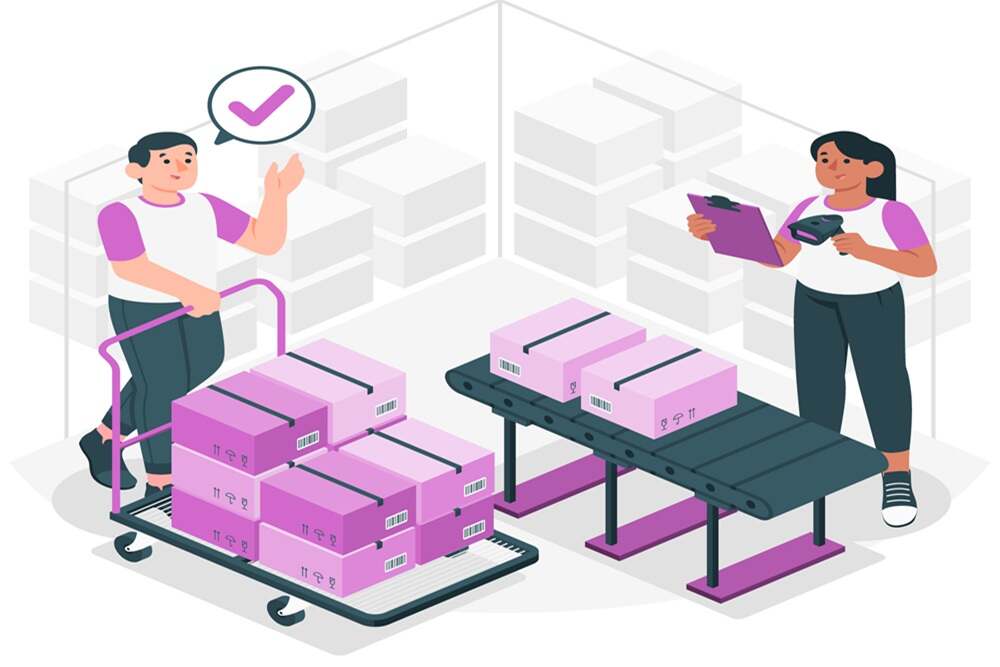
Managing inventory is one of the most important tasks for any business that sells physical products.
Keeping too much stock ties up money and increases storage costs while having too little can lead to lost sales and unhappy customers. Inventory optimization helps businesses find the right balance—ensuring they have enough products to meet demand while keeping costs low.
In this blog, we’ll explore how inventory optimization can reduce operational costs, improve efficiency, and help businesses become more profitable. We’ll also discuss how AI-powered tools like thouSense can simplify inventory management and provide smart insights for better decision-making.
Inventory optimization is the process of managing stock levels in a way that maximizes efficiency and minimizes costs. It ensures that businesses always have the right amount of inventory—neither too much nor too little. The goal is to meet customer demand while reducing unnecessary expenses.
Many businesses struggle with inventory-related problems, such as high storage costs, expired products, or stock shortages. Inventory optimization helps solve these issues by improving stock management and making operations more efficient. Businesses that optimize their inventory enjoy lower costs, better cash flow, and higher customer satisfaction.
One of the biggest costs associated with inventory is storage. Warehousing space, insurance, and security expenses can add up quickly. Businesses that keep more inventory than necessary end up paying more for storage, which reduces profitability.
With inventory optimization, businesses can reduce excess stock, cutting down on storage costs while still ensuring that they have enough products to meet demand.
When businesses hold too much inventory, they tie up money that could be used for other essential activities like marketing, new product development, or business expansion. Inventory optimization ensures that funds are not wasted on unnecessary stock, allowing businesses to allocate resources more effectively.
Some industries, such as food, medicine, and fashion, deal with products that have expiration dates or go out of style quickly. Overstocking leads to waste when these products become unsellable. Inventory optimization prevents overordering, reduces waste, and helps businesses save money.
Customers expect businesses to have products available when they need them. Stock shortages can lead to lost sales and drive customers to competitors. By optimizing inventory, businesses can ensure that popular products are always in stock, keeping customers happy and increasing repeat purchases.
A well-organized inventory system helps businesses process orders quickly. When stock levels are optimized, workers spend less time searching for products in warehouses, leading to faster shipping times and improved customer service.
Using software to track inventory levels in real-time helps businesses make better decisions. Automated inventory management systems alert businesses when stock is running low and help prevent overordering.
JIT is a strategy where businesses order and receive stock only when needed rather than storing large amounts of inventory. This reduces storage costs and minimizes waste, though it requires strong relationships with suppliers to ensure timely deliveries.
ABC analysis helps businesses prioritize inventory management by dividing stock into three categories:
By focusing on A-items, businesses can ensure they manage their most important stock efficiently.
thouSense is an AI-powered platform that helps businesses improve inventory optimization through smart demand forecasting and data-driven insights. It analyzes historical sales data, market trends, and customer behavior to provide businesses with accurate stock recommendations.
With thouSense, businesses can:
Inventory optimization is an essential strategy for reducing operational costs, improving efficiency, and ensuring customer satisfaction. Businesses that manage their stock levels effectively can avoid unnecessary expenses, prevent waste, and increase profitability.
By implementing demand forecasting, using AI-powered tools like thouSense, and following best practices such as JIT and ABC analysis, businesses can make better inventory decisions. Investing in inventory optimization not only reduces costs but also helps businesses operate smoothly and grow successfully.
© 2024 Crivva - Business Promotion. All rights reserved.